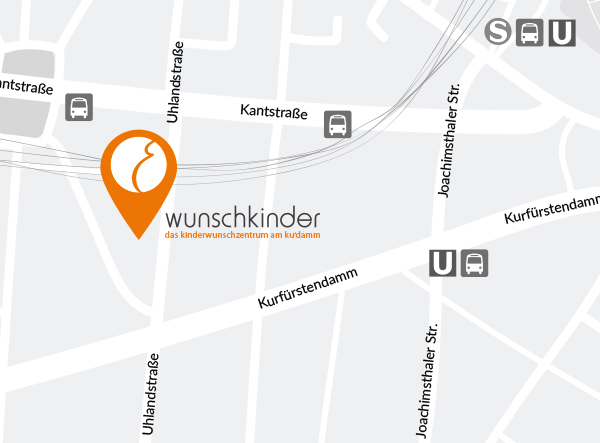

These terms refer to the examination on a microscopic level, of the structure of the egg’s membrane (Polar Aide) or its spindle apparatus (Spindle View). The egg membrane’s structure is examined using a polarisation microscope, which assesses the inner layer of the membrane. This layer of membrane is extremely important for the developmental potential of the egg cell. Changes are often found here, particularly in patients over 35. The spindle apparatus plays a central role in the division of the human egg cell. It is responsible for the precise alignment and distribution of the chromosomes during cell division. The presence of a spindle, along with the 1st Polar body, is an accurate indicator of egg maturity. However, in 15-20% of all mature eggs, 61 the spindle is not present. The latest techniques make it possible to examine the shape and position of the apparatus in the egg cell without harming the cell itself. This makes it possible to assess the quality of the egg cell by looking at its spindle apparatus even before fertilisation. This process helps to determine which cells have the best developmental potential.
Learn more about additional measures